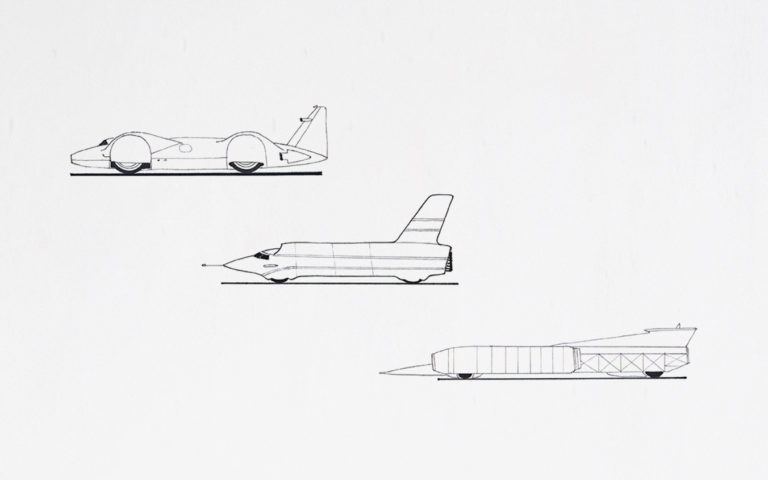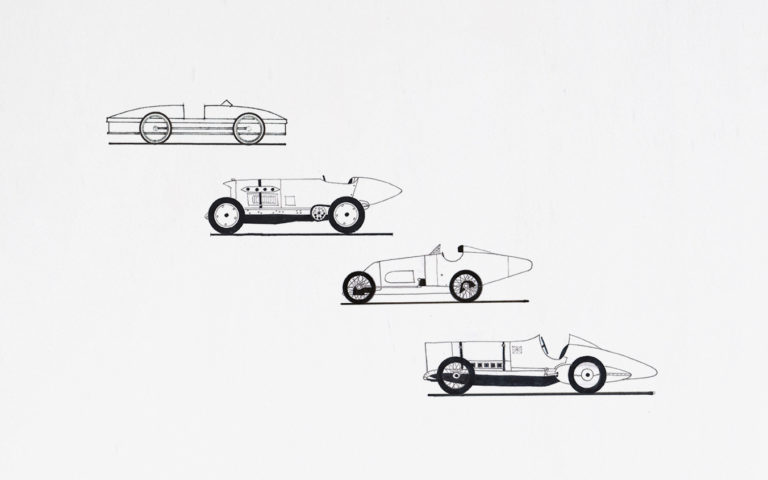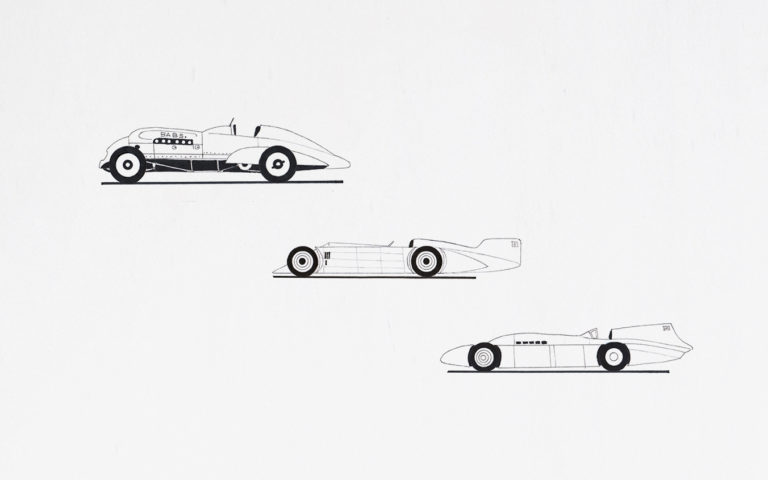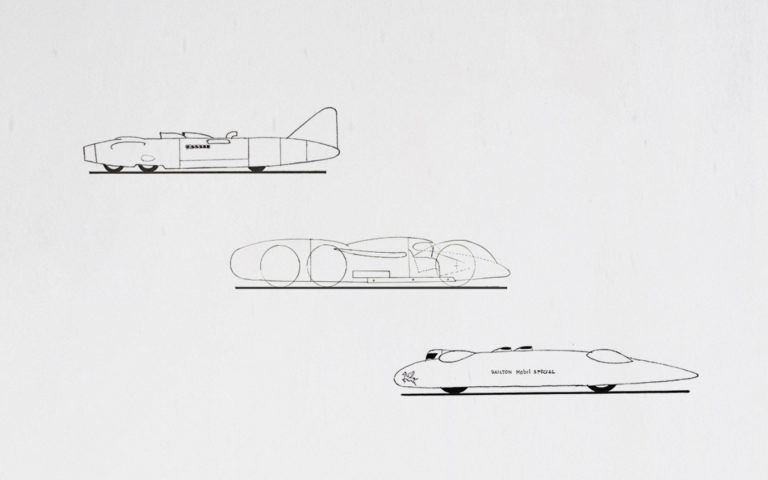The Speed Record Story 7. Beyond the speed of sound
16 May 2021 3 min read 8 images

We have covered the history of those daredevils who dreamed of being the world’s fastest person in a land-based vehicle. Many rejoiced. Others sacrificed their lives for an ephemeral dream. Along the journey, we’ve seen on numerous occasions that the moment a new record was set, someone came along and broke it. Above all, we have witnessed the extraordinary progress of the technologies and the engines used in the pursuit of ultimate speed.
Register to unlock this article
Signing up is free and gives you access to hundreds of articles and additional benefits. See what’s included in your free membership. See what's included in your free membership.
Already have an account? Log In


